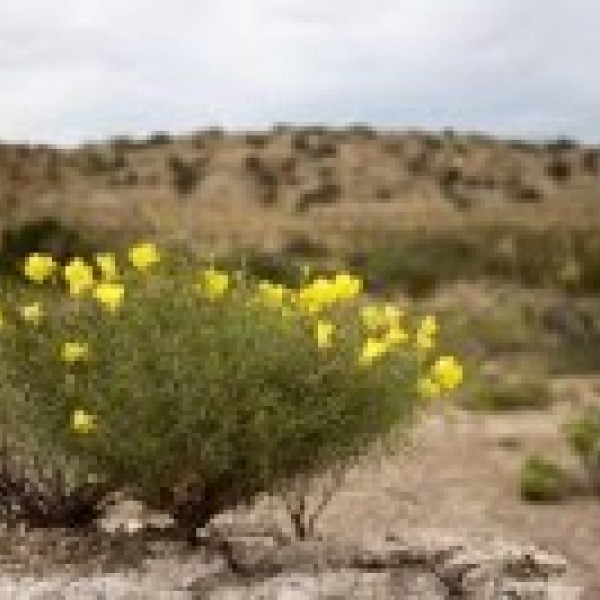
Pollinator traits & characteristics of flowers in the evening primrose family 2015
Reproductive Lab
Genetics, Reproductive Biology
Angiosperms, or flowering plants, appeal to various pollinators by exhibiting floral characteristics such as color, scent, and the times of the day their petals open based on the pollinators they wish to attract (Dodd et al 1999) These evolutionary adaptations increase the chances that pollination by a particular pollinator will occur and, thus, increase the likelihood that a seed will be produced and that their genes will be passed on to the next generation. My proposed research seeks to identify whether the pollinators that visit the flowers of particular species match predictions about pollinator type gathered from floral characteristics (color, opening time, shape, nectar volume, etc.). I propose to study the evening primrose family (Onagraceae), which has more than 600 species (Levin et al. 2004; Wagner et al. 2007). For this study the pollinators that are being considered are the following: bees, hawk moths and a combination of the two. My goal is to measure floral traits associated with diurnal, nocturnal and 24+hour flowering and to identify for which plant species bee and/or hawk moths are the most common visitors. I will test the following hypotheses: 1) Floral traits for each of the three types of plant species will correspond to those associated with bee and/or hawk moth attraction. 2) Evening primrose species that are open in the morning hours will have higher visitation by bees while species open during the night will have higher visitation by hawk moths; and that species with flowers open for 24+ hours will have relatively equal visitation from both insects. 3) Hawkmoth visitation will be higher in sites where more of the plant community is comprised of species that exhibit floral cues associated with hawkmoth attraction, or a hawkmoth “pollination syndrome”.